The historic Awakino general store sees new life as a river lodge
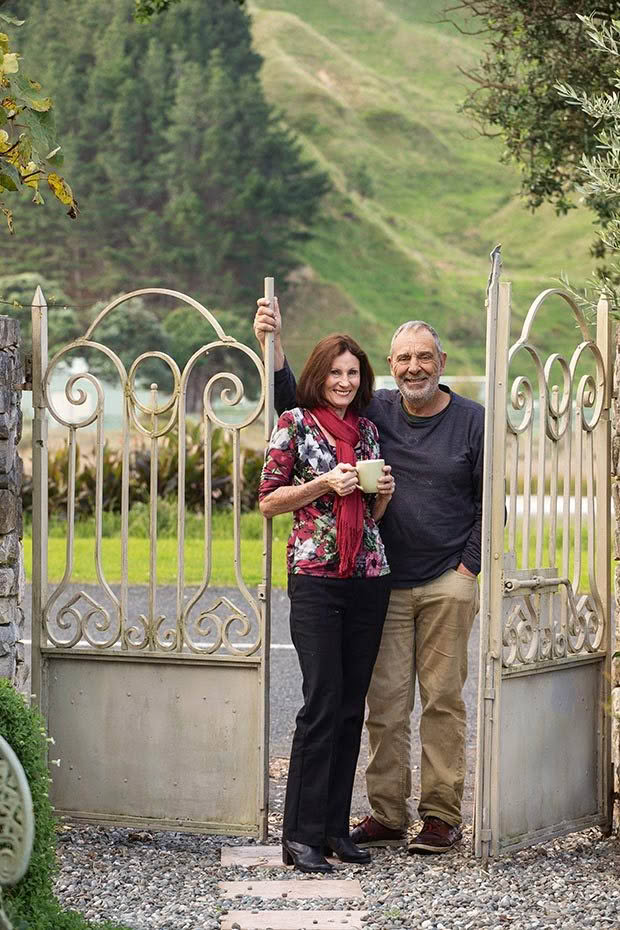
Garry Wycherley and Robyn Ansell are putting the tiny town of Awakino on the map, one building at a time
Words: Lucy Corry Photos: Jane Dove Juneau
Garry Wycherley has a set of business cards that describe him as the mayor of Awakino. It’s not an officially bestowed title, but after spending vast sums of time and money presiding over possibly the biggest building project the tiny Waitomo village has seen for more than a century, he reckons he’s earned it.
“There are only three decent houses in Awakino, and we own two of them, so I figured I could call myself the mayor,” he laughs. “I gave someone my card once, and she said, ‘Oooh, you’re the mayor.’ Of course, she had no idea where it was.”
To be fair, not many people do.
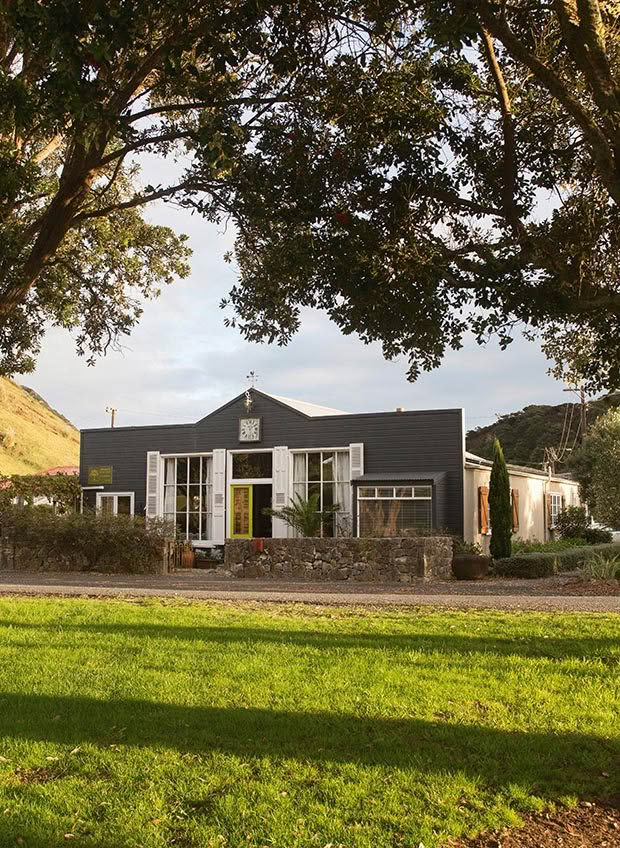
Awakino, which has a permanent population of less than 10, is a well-kept secret. Tucked between the Awakino River and State Highway 3, the village is about an hour’s drive north of New Plymouth. Unless you’re a serious whitebaiter, or you’ve grown up in the area, you’re unlikely to have heard of it.
It’s the sort of place where time more or less stands still, or at least passes by in a very leisurely fashion.
Awakino’s heyday was in the late 19th and early 20th century, when it was a busy hub for surrounding landowners. Then, there was a general store, a post office and a hotel. A jetty serviced ships that arrived with the necessities of life and left with cattle and other farm produce.
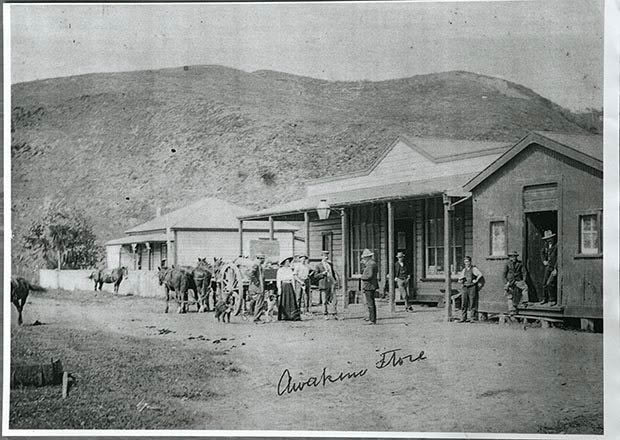
The property was initially built as a general store in the mid-1880s.
By the early 2000s there was certainly no reason for Garry Wycherley, an Aucklander who had enjoyed a long career in banking and foreign exchange, to stop there while on a business-related road trip.
“I was working in the real estate business for a short time and I needed to come down to put a mortgagee sale sign up outside a property in Manaia,” he says. “I had nothing to do over Easter so I thought I’d make it a bit of a road trip.
I drove down to Manaia, stuck the stake in the lawn and started driving back to Auckland. I was driving along and noticed that the road dipped down into a town that seemed like it didn’t exist. So I decided to have a look.”
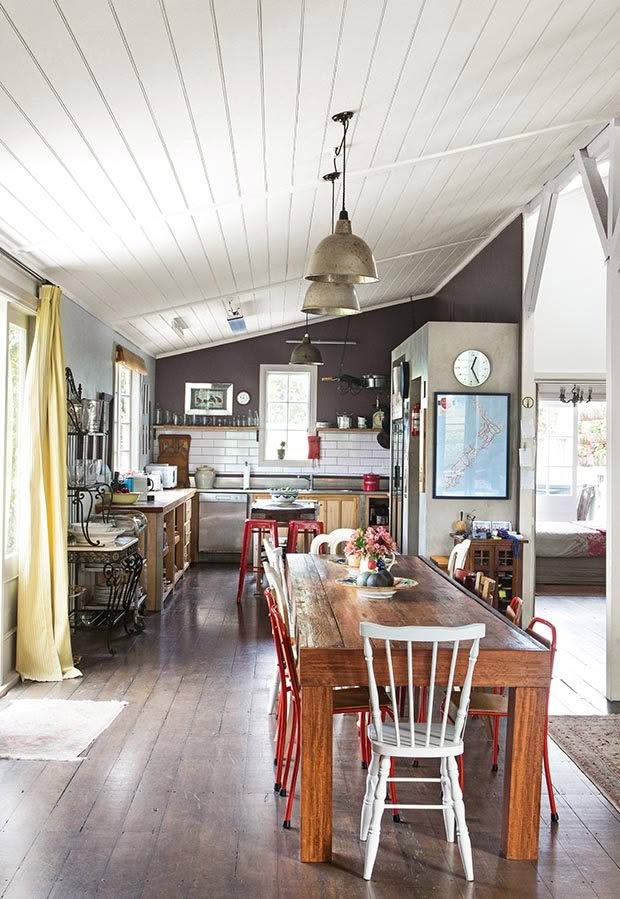
Garry drove along Iredale Quay and spotted the former general store, built in 1884 by the Gribbon brothers. It wasn’t exactly love at first sight, but he could spot the riverfront property’s potential.
“I drove past this place and it was rundown and dilapidated. The garden was overgrown and the house looked like it hadn’t been lived in for two or three years. I looked at it though and thought ‘this could be a goer for a family bach’. At the time, everyone was going mad for coastal property and prices everywhere else were stupid. I thought there was a lot of scope.”
A few months later, Garry came back and inspected the interior.
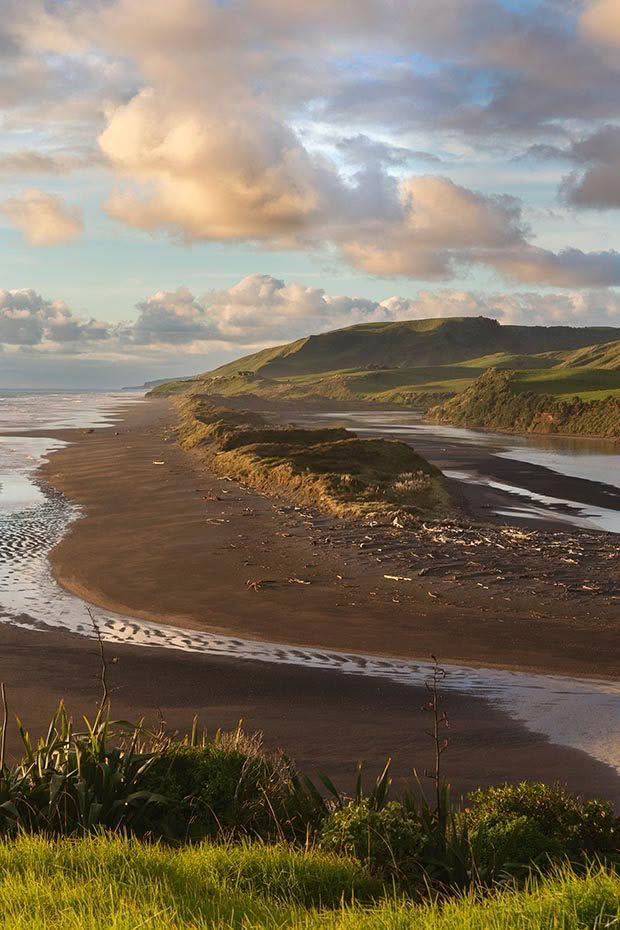
State Highway 3 turns inland at Awakino, meaning it is the last settlement on this stretch of the west coast before Kawhia Harbour, some 150 kilometres away. The river-mouth beach break makes it a challenging locale for surfers, while the river itself is prized by anglers.
“It had been a real party house and it was a total mess, but my son Gregg was keen to buy rural property and I thought we could do a lot with it. So we bought it.”
Garry and his wife moved into the old store in mid-June 2005 thinking they had a little fixer-upper project on their hands.
“We had to take two bins of stuff from the site before we started and we just camped in the house,” Garry remembers.
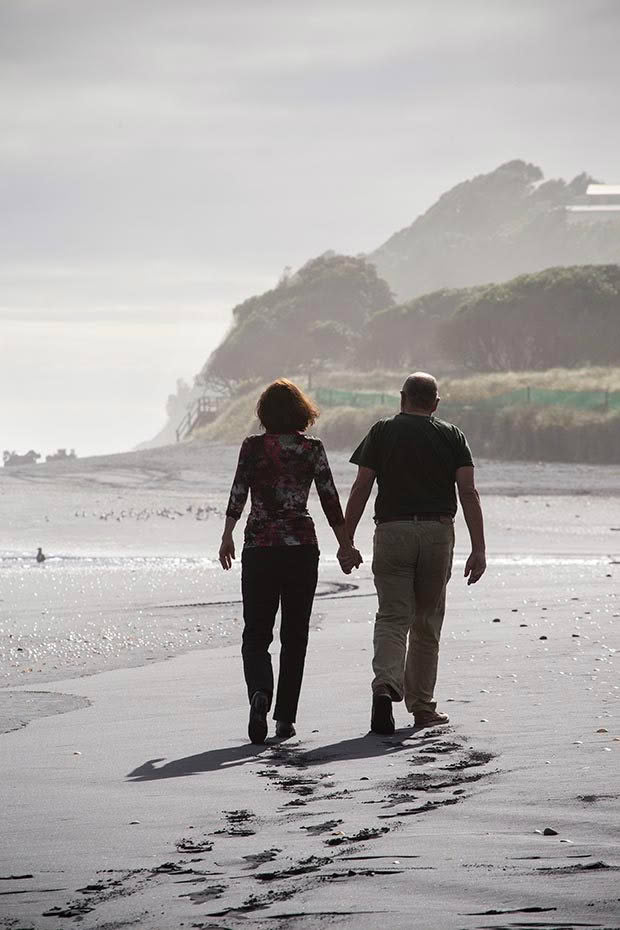
“There were holes in the walls and holes in the ceiling and we only had one tiny, inefficient potbelly stove. The kitchen was so cold that olive oil solidified in the cupboards, and there was a very scruffy bathroom.”
Garry’s not the handyman type – “I can barely hit a nail in straight” – but he knows how to make things happen. He met a local builder in the pub (also called Gary – “I never knew his last name, he was just Gary the builder”) and asked him to come and take the old veranda off the front.
“We started doing a few things. Then we some plans were drawn up and some permits… So Gary the builder came back.”
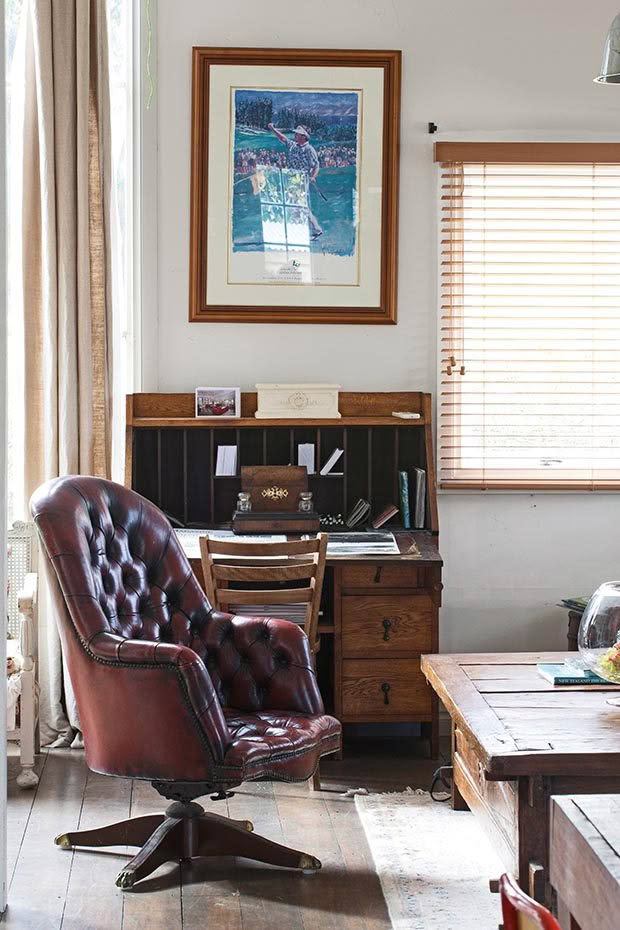
“We asked him to do a bit of this and a bit of that and he ended up being onsite for about 15 months. It exploded into a $500,000 renovation. We kept the ceilings, the front windows and about 80 per cent of the floor, but it was just about a complete rebuild. We had to replace the piles, we took out nearly every internal wall, and we totally reconfigured the interior.
“My ex-wife had always dreamed of owning a French provincial lodge. Her concept was good and she was a smart designer, but she wasn’t concerned about price and that damaged our accounts beyond all expectations. No one will quote on renovating an old building, so we sat there and kept writing cheques. It’s always harder when you’re building miles from nowhere because of the transport costs.”
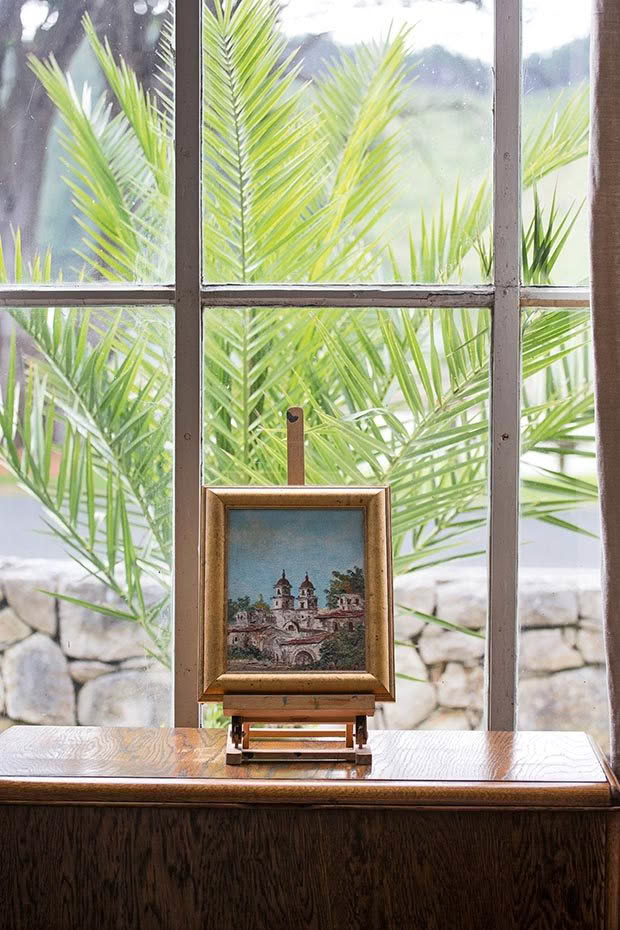
It took nearly two years of hard slog (and cheque writing) to transform the 250-square-metre ramshackle store into somewhere liveable. During the process, Garry’s son Gregg returned from living in China and bought the former Awakino Post Office about 100 metres away on the other side of town.
For a short period, the Wycherley family dominated Awakino’s population statistics.
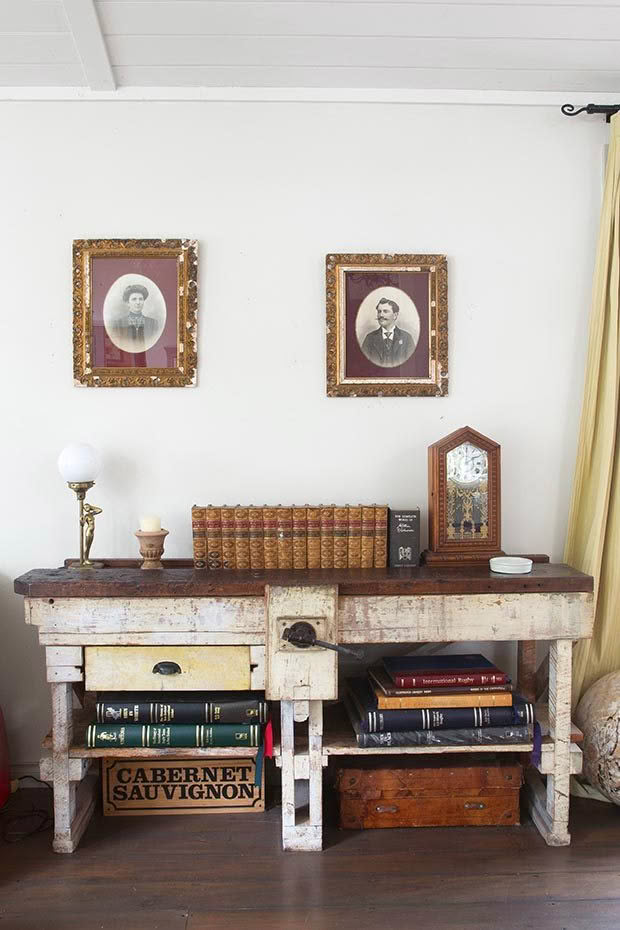
Garry found the two portraits in a junk shop in a town in France, near Limoges. “I’d love to tell you they were my great-grandparents but that’s unfortunately not the case. We went to live in France for a year and I found these in the first month, so I carried them with us the rest of the time.”
Then things went awry. Garry’s marriage ended, his ex-wife returned to Auckland and he took himself off to Italy. Gregg’s Chinese wife found life in a 10-person town a little too quiet after Beijing, so they moved to Auckland too.
Garry, never one to sit still for long, then went off to spend a year in France with new partner Robyn Ansell. They leased the lodge and the post office to an Irishman who planned to run the former as a guest house while he lived in the latter.
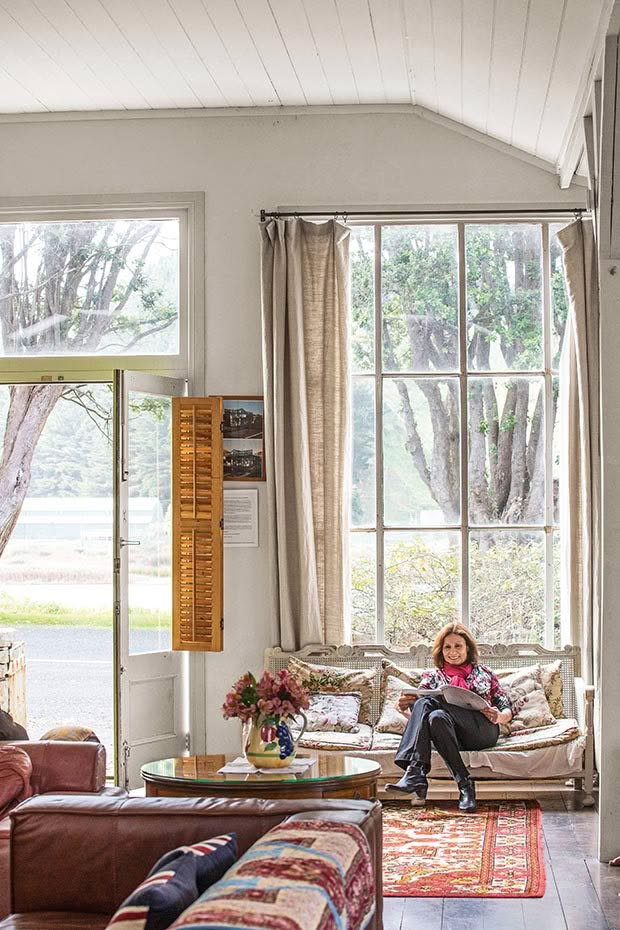
When Garry and Robyn returned from France, they took over.
“We reorganized it and turned it from a basic place to what it is now,” Garry says proudly.
“We got the garden up and running, I refurnished the house, tidied it up and finished it off.”
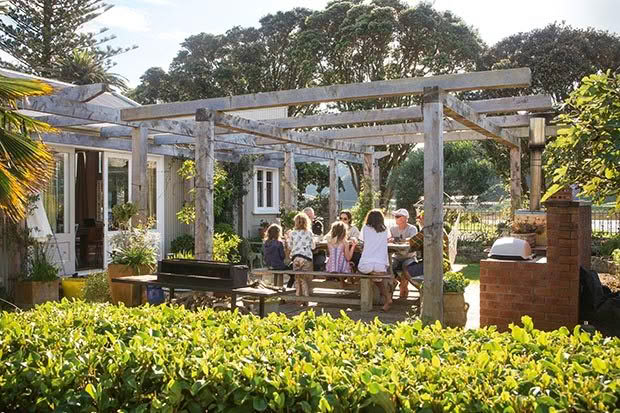
Now, the four-bedroom, two-bathroom lodge mixes relaxed hospitality with a large dose of country-house charm. The front doors open from the street into a vast living and dining space with three-metre ceilings. It’s filled with squishy leather sofas arranged around a massive log burner, wildly divergent styles of antique furniture and an eclectic art collection. (“Robyn says I’m not allowed to bring anything more in here,” Garry says.)
Doors open out to a meticulously planned and planted garden, complete with pizza oven and barbecue area.
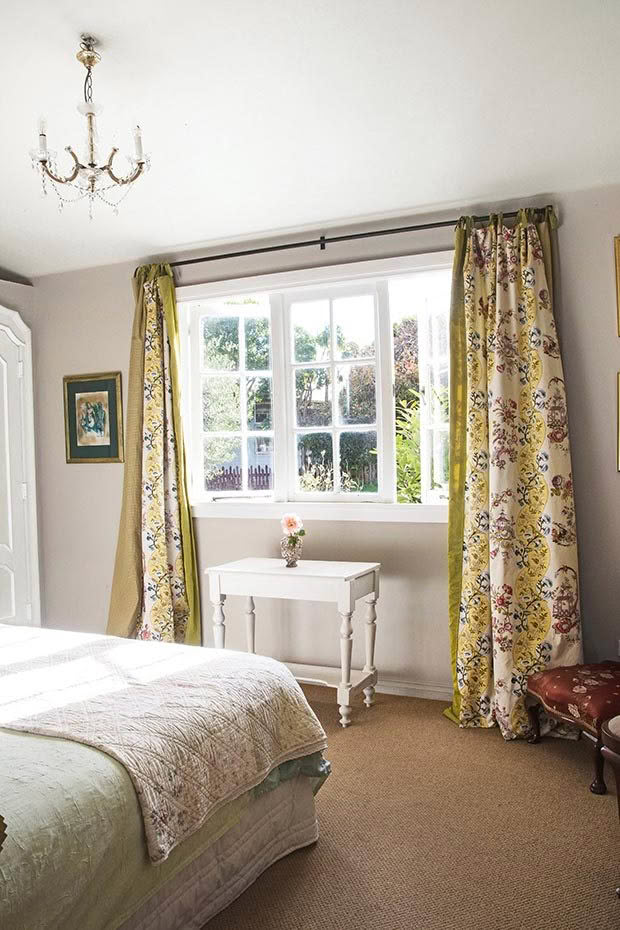
The bedrooms are restful; the beautifully finished bathrooms look like they belong in a five-star hotel. The overall effect is stylish, but not stuffy.
“It’s lovely but it’s not the sort of place where you can’t touch anything,” Robyn says. “People can relax here. My grandkids used to ride their trikes around inside.”
The French influence remains, with various pieces of Francophile paraphernalia indoors. A 200-year-old butcher’s block stands in the kitchen and a larger-than-life-size painted cut-out figure of French rugby legend Serge Blanco watches over the garden. There are other similarities too, Garry says.
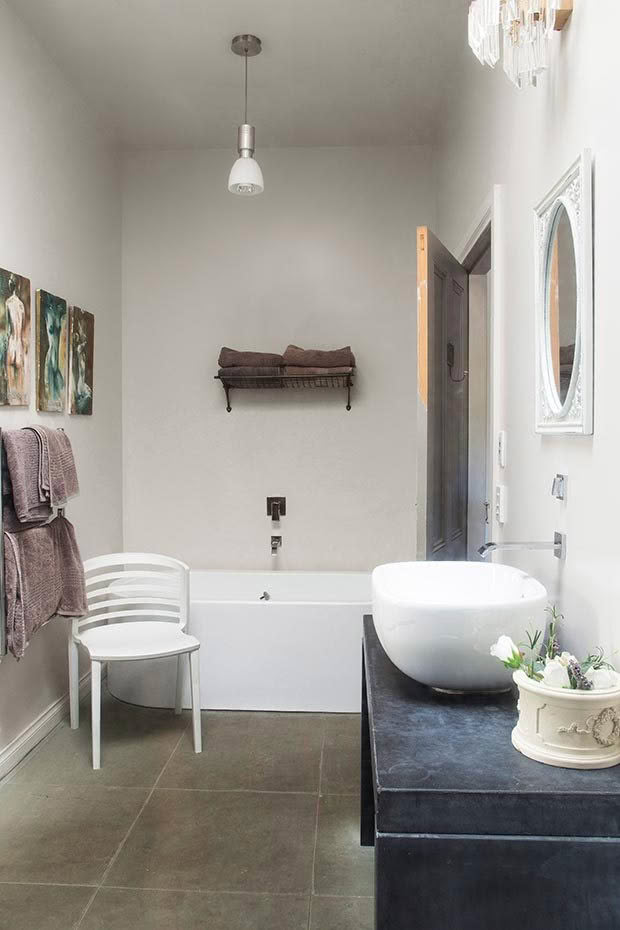
“It’s like the south of France here in the summer. Between 1pm and 3pm it’s too hot to do anything except go to the beach.”
The couple moved to New Plymouth in February, keen to wave goodbye to their regular Awakino-Auckland commute and to be closer to Robyn’s daughter and family, who also now live in New Plymouth after several years’ living in the post office house. The lodge remains a magnet for family and friends; the rest of the time it’s available to people looking for a luxury self-catering getaway.
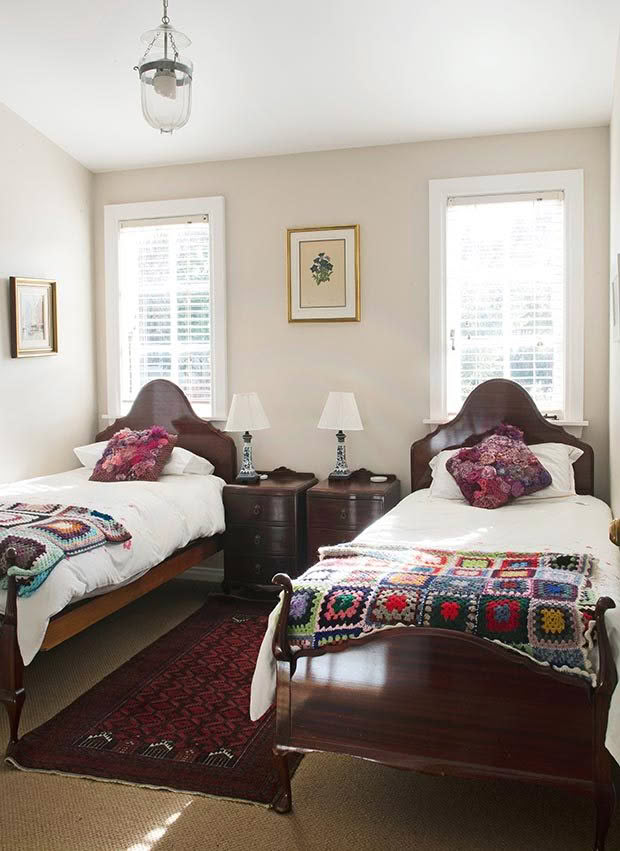
“I don’t mind if it’s not full all the time because then there’s more time for us to come here,” Garry says.
Maintaining the property is a time-consuming labour of love. Garry visits a couple of days a week, grateful for assistance from the local plumber and “the bloke who lives opposite who’s a brilliant engineer and solves lots of problems for me”.
“It’s an ongoing project because it’s so old,” Robyn says. “There’s always something to do. We have lots of friends and family visiting so there’s always wear and tear.”
A gardener now helps with the outside maintenance, though Garry complains that Robyn still puts hours and hours of work into the garden.
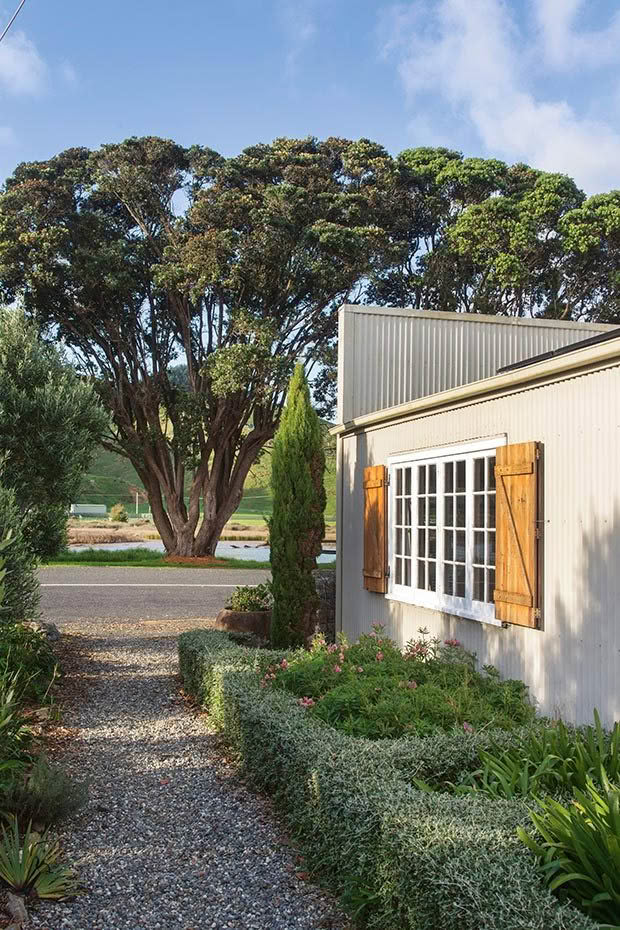
Wakino’s distinct lack of pedestrian and vehicle traffic means there is plenty of privacy, even though the lodge occupies a corner site on the village’s main street.
“We’re supposed to come here and do nothing, but Robyn works herself to death weeding. We seem to have spring cleaning every month when the inside of every cupboard is cleaned to
surgical standards.”
“It feels like our home so it’s hard to sit there doing nothing when there are things to be done,” Robyn protests. “It gives you a lot of pleasure when you’ve put a lot of work into something and you can see the results.”
While Robyn wages war on the lodge’s weeds, Awakino’s unofficial mayor is preparing himself for his next project: renovating the post office house.
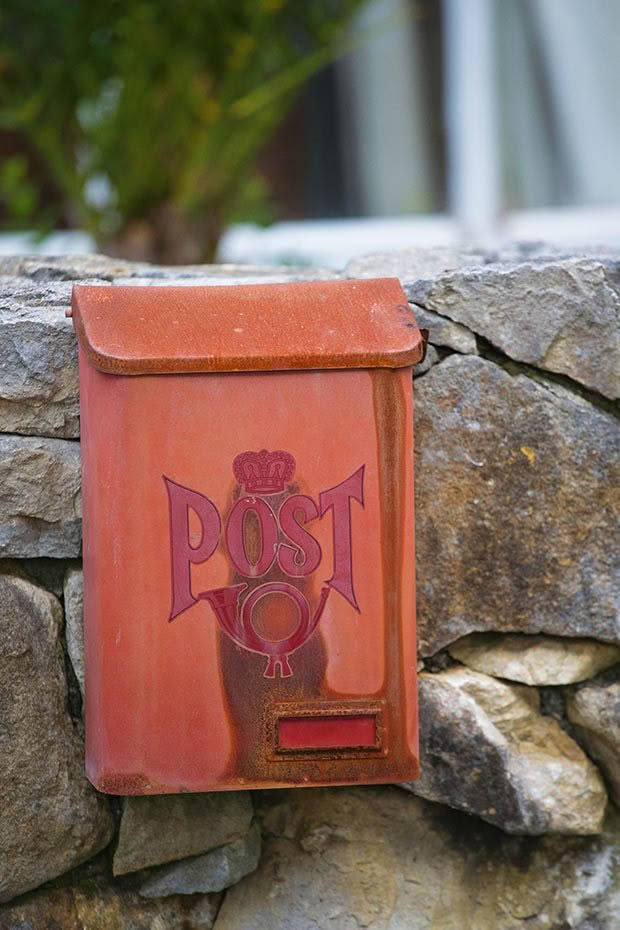
“We’re not going to do what we’ve done with the lodge, but it needs some TLC and some money spent on it. It’s an old government building so it was completely over-engineered and it’s very solid. I think that will be a good little project.”
In the meantime, he and Robyn are happy to sit out on the lodge’s front step, watching their grandchildren play on the tyre swings hanging from the venerable pohutukawa trees on the river bank.
“It hasn’t ended up as we originally thought, but it’s worked out well,” Garry says. “We love it; our families love it. It’s a good, fun place.”
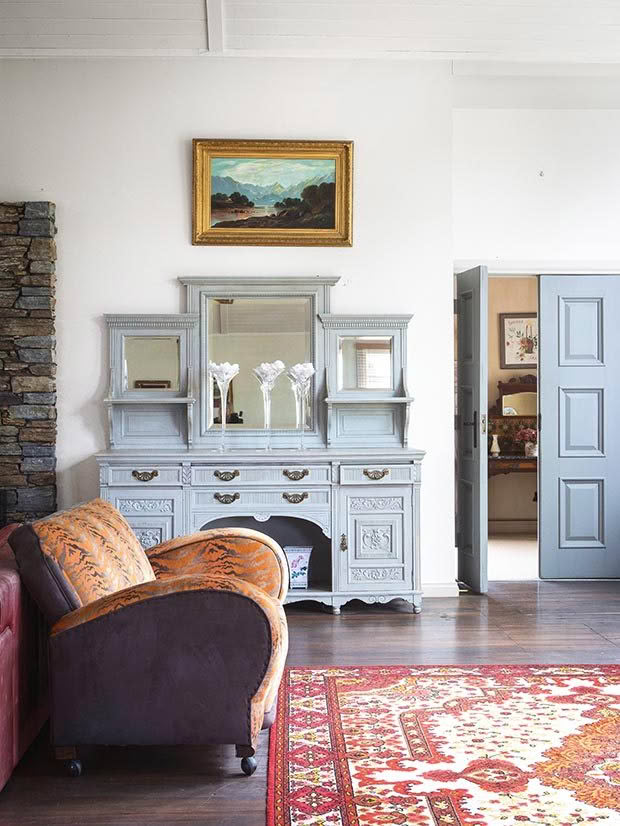
WELL-FURNISHED
Every piece of furniture at the lodge has a story. Garry has an eye for curiosities and antiques.
“I’d rather buy something old that was well made than something new that costs half as much and will fall apart.”
The kauri dresser (above) belonged to his father. The extra-long dining table (below) was made on site:
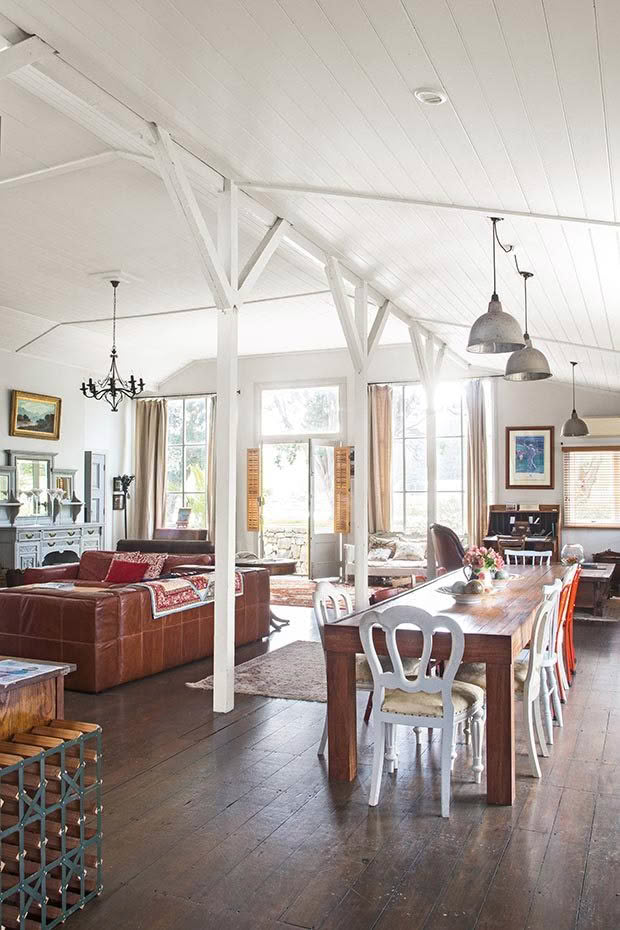
“I bought two giant old railway sleepers, originally from Western Australia, and they were originally going to be in the roof,” Garry says.
“I couldn’t find a builder in New Plymouth who would come out here and put them up – they all ran away.
So I bought a saw for $800 and we sliced the sleepers up. I got a guy to make them into a table for me, and then we sold the saw.” awakinoriverlodge.co.nz
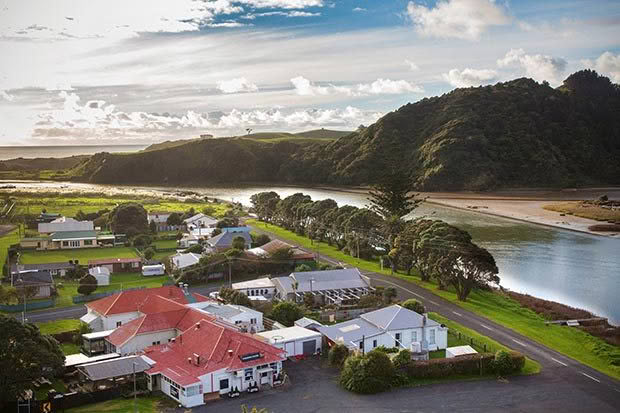
WHAT WE LOVE ABOUT AWAKINO
Garry: “No traffic, no cell phones, cold clear water on a deserted west coast beach. Watching grandchildren have a great time here.”
Robyn: “I love the peace, quiet and solitude at Awakino. And, in contrast, the hilarious party weekends we have when my sisters and our friends come down to visit. I love the ambience of the lodge and the satisfaction of seeing what Garry and I have achieved over the past eight years.”
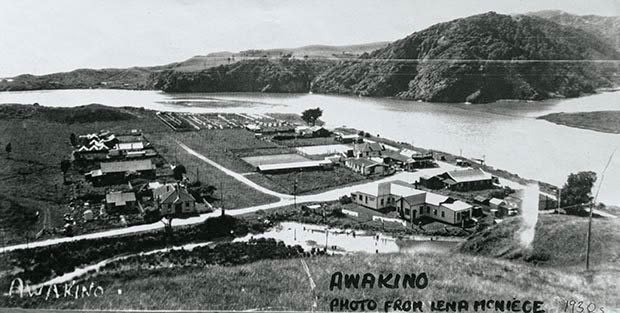
The property at 1 Iredale Quay was initially built as a general store in the mid-1880s.
Prominent businessman Newton King, who owned a 20,000-hectare station, bought the store from its original owners and it was a thriving business that serviced local farms and those traveling on State Highway 3.
It was a general store in every sense; as well as catering to the local community’s retail needs and at one point even selling petrol, it has also housed a post office, a tearooms, a library and a museum.
Tradesmen once operated out of offices down one side of the building. The store was still a tearooms and shop of sorts until about 2002, but had been abandoned for several years before Garry bought it.
“We still get people knocking on the door and asking for tea and scones occasionally,” he laughs.
Love this story? Subscribe now!
 This article first appeared in NZ Life & Leisure Magazine.
This article first appeared in NZ Life & Leisure Magazine.
